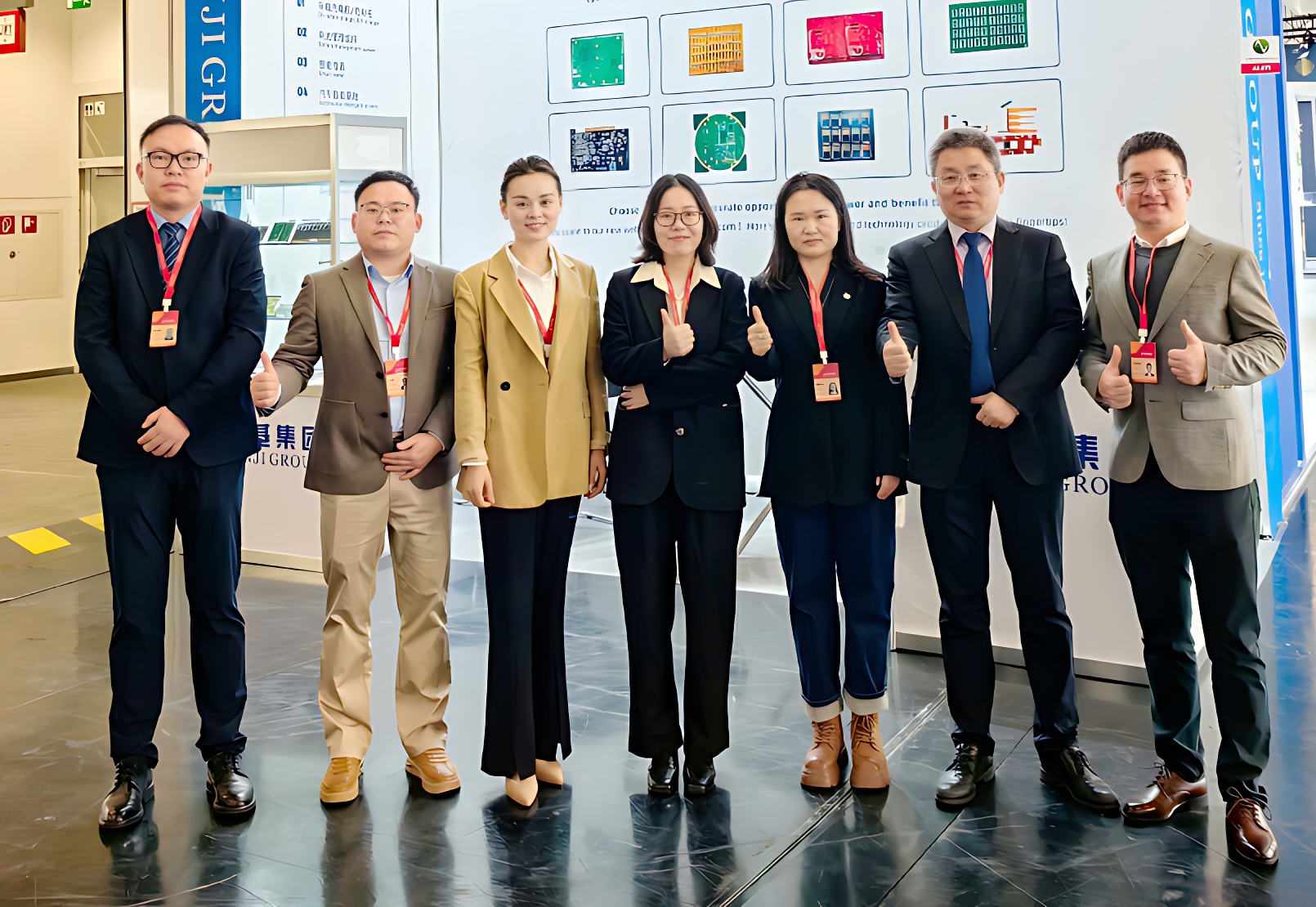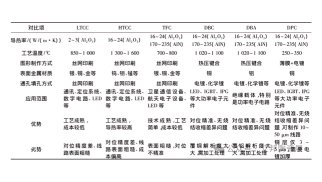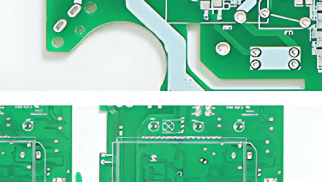Sorry, no sales person is available right now to take your call. Pls leave a message and we will reply to you via email as soon as possible.
How to choose the right PCB material?
When selecting PCB materials, the needs of the project determine the selection of materials. This involves several factors such as electrical performance, mechanical properties, environmental conditions, cost, and manufacturing processes. Here is a guide on how to choose the right PCB material for different project needs:
Determine electrical performance requirements
The electrical properties of PCB materials are key factors that affect signal integrity, transmission speed, power processing capabilities, etc. For different application scenarios, the electrical performance requirements are different, so the material selection will be different.
High-frequency and high-speed signal transmission
Requirements: If the project involves high-frequency or high-speed signal transmission (such as 5G communications, RF microwave, satellite communications), the material must have a low dielectric constant (Dk) and a low loss factor (Df) to reduce signal attenuation and loss.
Material selection: Rogers material, PTFE material and other low loss materials suitable for such needs.
Data: High frequency loss comparison table
| Material type | Dielectric constant | Loss factor | Applicable frequency range |
| FR-4 | 4.5 | 0.02 | <1GHz |
| Rogers 4003C | 3.55 | 0.0027 | 1-10GHz |
| PTFE | 2.2 | 0.001 | Over 10GHz |
As you can see from the table, Rogers and PTFE materials have the obvious advantage of low loss in high frequency applications, making them the first choice for high frequency circuits.
Power transmission and power management
Requirements: For applications that need to process high-power signals (such as power modules, power amplifiers), the material must have good insulation properties and high voltage resistance, while requiring good heat dissipation to reduce power loss.
Material selection: FR-4 high-grade material, aluminum substrate or ceramic substrate and other materials with excellent thermal conductivity.
Data: Comparison of heat dissipation properties of different materials
| Material Type | Thermal conductivity | Coefficient of thermal expansion |
| FR-4 | 0.3-0.4 | 150-200 |
| Aluminum Substrate | 1.0-2.0 | 20-25 |
| Aluminum Nitride Ceramic Substrate | 170-230 | 4-7 |
As can be seen from the table, the thermal conductivity of the ceramic substrate is far better than that of other materials, and it is suitable for high-power application scenarios with high heat dissipation requirements.
Evaluate mechanical performance requirements
Mechanical properties are related to the strength, bending ability and wear resistance of the material. If the project involves complex mechanical movements or requires the circuit board to maintain stable deformation under certain conditions, the mechanical properties of the material are very important.
Flexibility and bending requirements
Requirements: For applications that require flexible layouts (such as wearables, medical electronics, smartphones, portable devices), materials must have high flexibility and resistance to bending.
Material selection: Polyimide (PI) material is a common material for flexible circuit boards, suitable for complex three-dimensional structures and compact design projects.
Performance of flexible plates with different thicknesses
| Polyimide thickness | Bending radius | Field of application |
| 25 µm | 1 mm | Precision electronic equipmentSmall equipment |
| 50 µm | 2 mm | General consumer electronicsAutomotive electronics |
| 100 µm | 5 mm | Industrial controlMilitary equipment |
Thin polyimide flexible plates have extremely high bending properties and are suitable for use in small electronic devices requiring extreme flexibility. Flexible plates with larger thicknesses perform better in terms of mechanical strength and durability, making them suitable for applications requiring higher durability.
Shock and vibration resistance
Requirements: In high impact or vibration environments (such as automotive electronics, avionics), the material must have strong mechanical strength and durability to ensure that the circuit board works stably under harsh conditions.
Material choice: The FR-4 material has been modified to provide higher strength, while for equipment in high temperature and pressure environments, ceramic substrates can be selected to improve mechanical stability.
Consider thermal management needs
Temperature management is particularly critical for PCBS in high-power or high-density applications, where good heat dissipation ensures stable performance over a long period of time.
High power equipment
Requirements: In high-power devices (such as LED lighting, power converters), the material needs to have good thermal conductivity to quickly dissipate heat and prevent components from overheating.
Material selection: Aluminum substrates and ceramic substrates are ideal for high power applications because their thermal conductivity far exceeds that of traditional materials.
High temperature demand
Requirements: Some industrial equipment or automotive electronics may operate in high temperature environments, and PCB materials must be able to withstand high temperatures to prevent thermal stress from causing board performance degradation or structural deformation.
Material selection: Materials with high Tg, such as ceramic substrates or high temperature resistant polyimide materials, are suitable for applications in high temperature environments.
Consider environmental and reliability requirements
The application environment of PCB may include high humidity, corrosive gases, strong radiation, etc., and the material selection should be adjusted accordingly according to the environmental tolerance.
Applications in harsh environments
Requirements: For applications that are exposed to harsh environments, such as oil drilling equipment or avionics, materials must be resistant to corrosion, moisture, chemicals, and withstand temperature fluctuations.
Material choice: For this extreme environment, choose FR-4 materials with special coatings, ceramic substrates or composites with strong corrosion resistance.
Reliability requirement
Requirements: For projects with high reliability requirements (such as medical equipment, avionics), PCB materials need to undergo rigorous testing, have long-term durability and stability, and avoid failures caused by material aging or stress.
Material selection: Rogers, ceramic substrates and other certified high reliability materials, suitable for these areas of stringent material quality requirements.
Balance cost and performance
In the process of material selection, cost control is also key. High-performance materials tend to be expensive, and for some projects with limited budgets, material selection needs to balance performance with cost.
A project with limited budget but high performance requirements
Demand: Some mid-range electronic products have certain requirements for performance, but the budget is limited, and the need for cost-effective materials.
Material selection: FR-4 material is a common choice with high cost performance, especially for low and medium frequency applications, or you can choose improved FR-4 material according to demand to maintain performance while reducing costs.
High performance requirements for the project
Requirements: For projects that require the highest performance (e.g., 5G communications, military equipment), cost is often a secondary consideration, with superior performance of materials being prioritized.
Material selection: Rogers material, PTFE material, ceramic substrate and other high-performance materials are ideal choices.
Adaptability of the manufacturing process
Different PCB materials have different adaptability to the manufacturing process. Selecting materials that are compatible with process requirements can help simplify production processes, improve yield, and reduce manufacturing costs.
Complex multi-layer board
Requirements: For complex multi-layer PCB designs, the material must be adaptable to multi-layer stacking and microporous technology, and be stable on the interlayer signal transmission.
Material selection: FR-4 materials with high Tg (glass conversion temperature) and low CTE (coefficient of thermal expansion) are suitable for such process requirements.
Rigid and flexible plate manufacturing
Demand: The manufacture of rigid and flexible bonding plates requires the material to be flexible and rigid at the same time, so the material must be able to withstand folding, welding and other operations during the processing.
Material selection: The combination of polyimide materials and high-density FR-4 materials can meet the requirements of this complex process.
*Disclaimer: This article is from the Internet, if there is any dispute, pleasecontact customer service.





